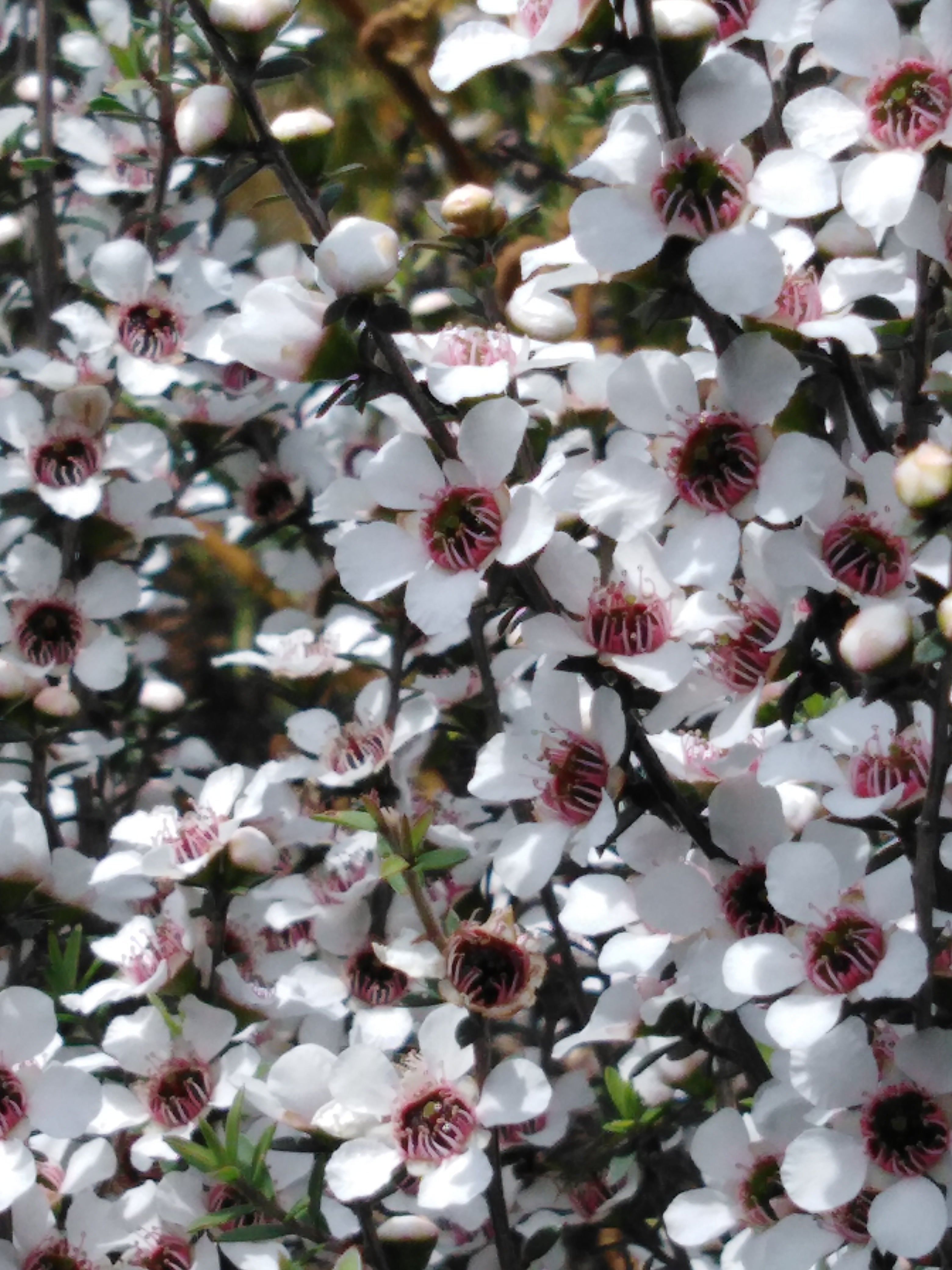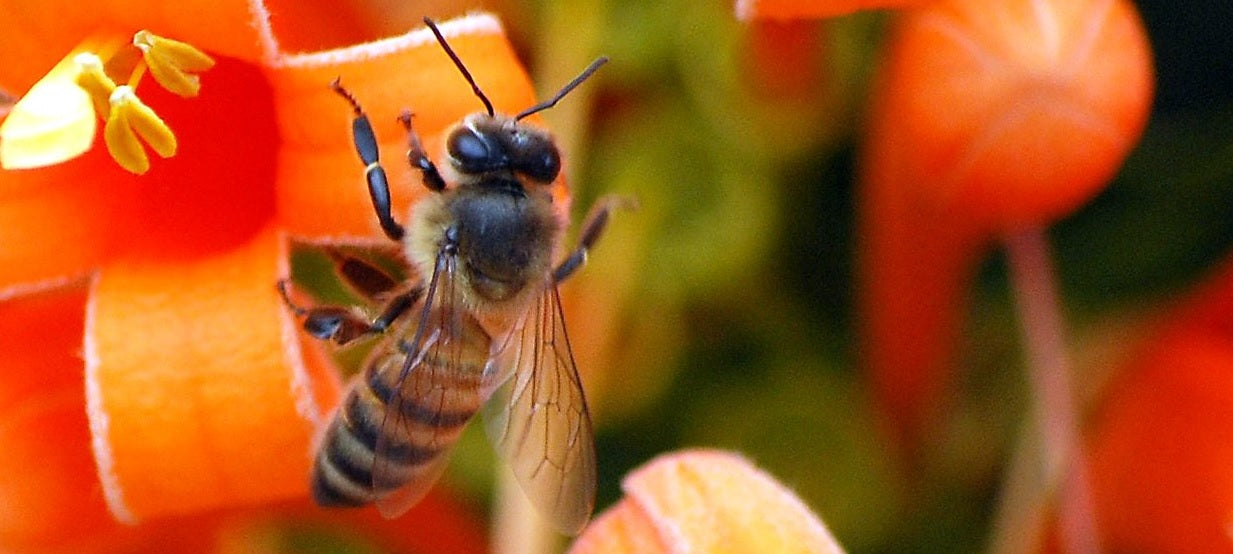Energy production

Energy is produced in the body from the food we eat. Where does that energy originate from? The sun. So we eat sun light. I think this makes us electromagnetic hue man beeings. Hue meaning a colour or shade. What colour are you? The electromagnetic spectrum is made up of many colours. Red is a lower energy level than blue.
The Balmer series of electron transitions for hydrogen produce a range of different spectral colour.
Our bodies extract energy from photons of different colours as part of electron transport.
The flow of single electrons is observed through redox centers in the mitochondria. A single electron is a radical. Extracting energy from radicals is the primordial energy system within the body. Evolutionary speaking the single paramagnetic radical is an environmentally sensitive electron that responds to its surrounding environment.
Some stem cells do not have functional mitochondria so they produce energy in a different way. I propose that the photo-fenton system I discovered in Manuka honey is responsible for the production of energy within stem cells. This photo-reduction / oxidation or redox system is underpinning energy production in human regeneration by breaking bonds and releasing photons of light the photo-reduction step can occur.
The release of photons from within our mind, when we sleep provides the vision of dreams whilst we sleep. Understanding that bonds between atoms are held together by photons provides a mechanism for electromagnetic release within our bodies.

Spectral lines of hydrogen
Only the Balmer spectral lines are in the visible region of the spectrum. Each wavelength corresponding to a given frequency.
Visible sight theoretically could be observed by the photoelectric effect associated with Balmer transition lines of hydrogen, the first element on the periodic table. Therefore we would be unable to see without the formation of the first element of the periodic table.
Transitions and spectral lines for hydrogen
| Transition of n | 3→2 | 4→2 | 5→2 | 6→2 | 7→2 | 8→2 | 9→2 | ∞→2 |
| Name | H-α / Ba-α | H-β / Ba-β | H-γ / Ba-γ | H-δ / Ba-δ | H-ε / Ba-ε | H-ζ / Ba-ζ | H-η / Ba-η | Balmer break |
| Wavelength (nm, air) width | 656.279 | 486.135 | 434.0472 | 410.1734 | 397.0075 | 388.9064 | 383.5397 | 364.6 |
| Energy difference (eV) height | 1.89 | 2.55 | 2.86 | 3.03 | 3.13 | 3.19 | 3.23 | 3.4 |
| Color | Red | Aqua | Blue | Violet | (Ultraviolet) | (Ultraviolet) | (Ultraviolet) | (Ultraviolet) |


